The Art of Cute Drawing: Techniques and Inspiration for Adorable Artwork
In the world of art, cute drawings have carved out a special niche. From animated characters to charming illustrations of animals and objects, the appeal of cuteness transcends age and culture. This article delves into the techniques, styles, and inspirations behind cute drawing, providing you with a comprehensive guide to creating your own adorable artwork.
Understanding Cutness in Art
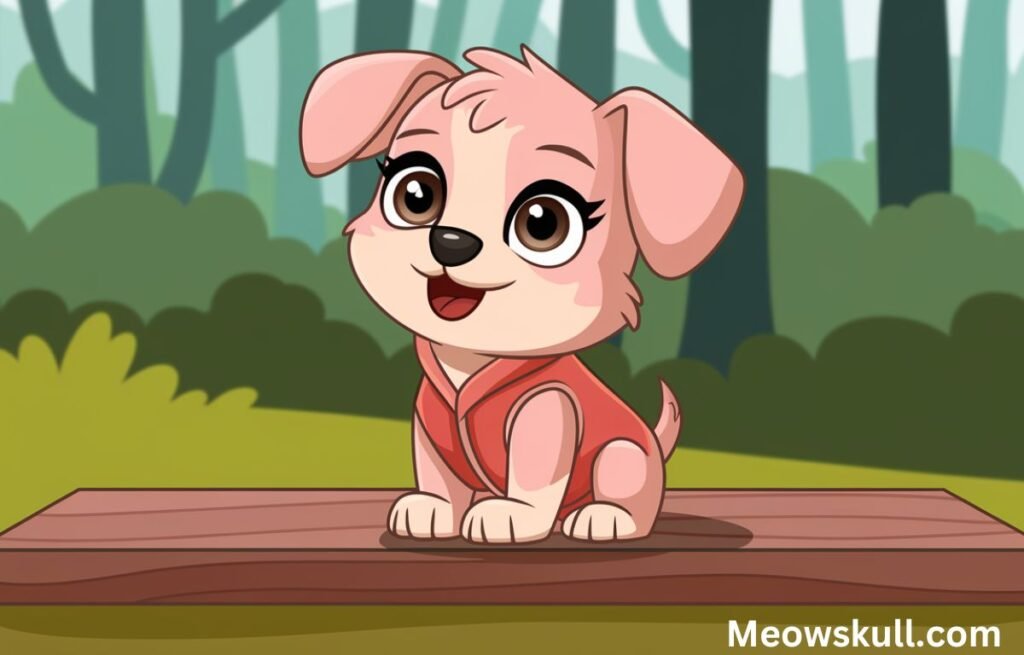
Cuteness, in the context of drawing, often elicits feelings of happiness, warmth, and affection. The psychology behind why we find certain images cute relates to our inherent attraction to traits that resemble those of infants or juvenile animals—such as large eyes, round faces, and small bodies. This phenomenon is rooted in evolutionary biology, where such features invoke protective instincts.
The Appeal of Cute Art
- Emotional Connection: Cute drawings often evoke positive emotions. When we see something cute, we tend to smile or feel a sense of joy. This emotional connection is one of the primary reasons why cute art is so popular across various platforms, from children’s books to social media.
- Accessibility: Cute art is generally simple and approachable. Unlike hyper-realistic artwork, which can sometimes feel intimidating, cute drawings invite everyone to appreciate and enjoy them. This accessibility makes it a popular choice for both novice and experienced artists.
- Versatility: The cute drawing style can be adapted to various subjects, including animals, people, food, and even inanimate objects. This versatility allows artists to explore different themes and ideas while maintaining a consistent aesthetic.
Key Elements of Cute Drawing
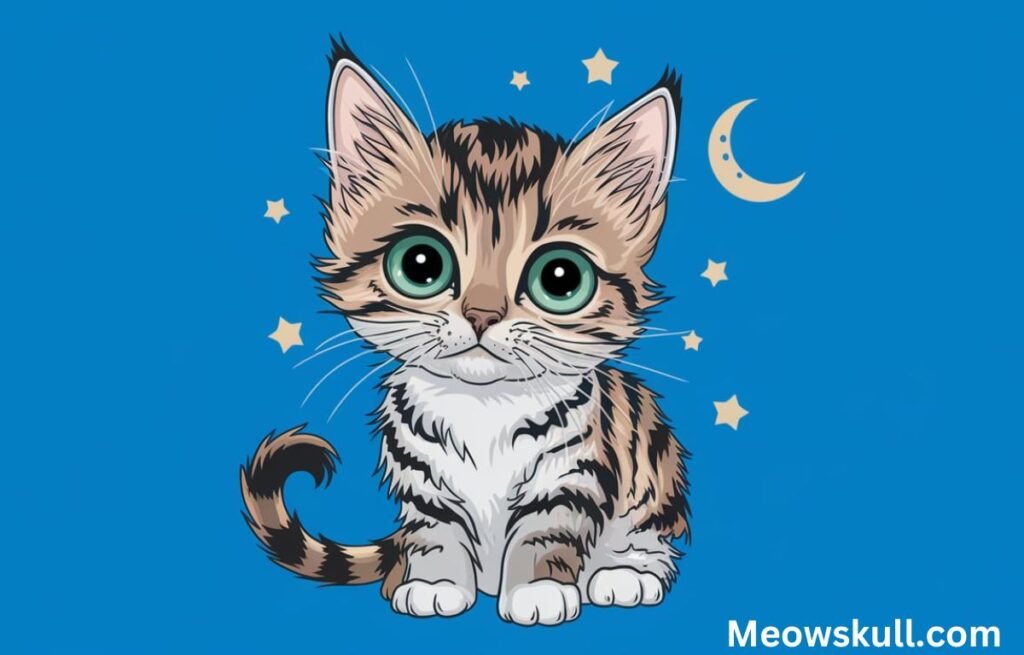
To create adorable drawings, certain elements should be considered. Let’s break down the key components that contribute to the charm of cute artwork.
1. Rounded Shapes
Soft and Rounded Lines: One of the most effective techniques in cute drawing is the use of rounded shapes. Characters with soft, rounded features—such as chubby cheeks and bulbous heads—are perceived as more appealing. This technique is prevalent in cartoons and animations, where characters often have exaggerated proportions to enhance their cuteness.
Big Heads and Small Bodies: In many cute character designs, the head is often disproportionately larger than the body. This exaggerated proportion creates a childlike appearance, which resonates with our natural affinity for cuteness.
2. Expressive Eyes
Large, Bright Eyes: The eyes are often considered the window to the soul, and in cute drawings, they play a crucial role. Oversized, sparkling eyes are a hallmark of cute art. Artists often add highlights and reflections to the eyes to make them appear more lively and expressive.
Simplistic Details: Rather than focusing on intricate details, cute drawings often feature simple eye shapes—such as circles or ovals—that convey emotions effectively. A small dot for a pupil can evoke a sense of innocence or wonder.
3. Minimalist Features
Small Noses and Mouths: In contrast to the large eyes, noses and mouths are typically drawn smaller in cute art. A tiny dot for a nose or a simple line for a mouth can effectively communicate emotions without overwhelming the character’s face.
Simplified Expressions: Rather than complex facial expressions, cute drawings often rely on basic features that convey a sense of joy or playfulness. For instance, a simple smile or a surprised expression can elicit warmth from the audience.
4. Color Palette
Soft, Pastel Colors: The choice of color plays a significant role in the overall appeal of cute drawings. Pastel colors—such as soft pinks, blues, and yellows—are commonly used to create a gentle and inviting atmosphere. These colors evoke feelings of happiness and comfort.
Contrasting Colors for Highlights: While the primary color palette is often soft, using slightly brighter colors for highlights or accents can add depth and interest to the artwork. This technique can help specific elements pop while maintaining an overall cute aesthetic.
Techniques for Creating Cute Drawings
Now that we understand the key elements of cute drawing, let’s explore some techniques you can employ to enhance your artwork.
1. Sketching and Planning
Before diving into your final piece, spend time sketching out your ideas. This process allows you to experiment with different shapes, expressions, and poses. Focus on achieving the desired proportions, especially when emphasizing large heads or round bodies.
2. Using References
Reference images can be invaluable when creating cute drawings. Whether you’re drawing animals, people, or objects, studying photos or other artworks can provide inspiration and help you understand how to capture certain features effectively.
3. Digital vs. Traditional Mediums
You can create cute drawings using various mediums—digital art software, watercolors, colored pencils, or markers. Each medium offers unique advantages, so choose one that aligns with your comfort level and desired outcome. Digital tools allow for easy adjustments, while traditional mediums offer texture and depth.
4. Experimenting with Styles
There are numerous styles within the realm of cute drawing. Explore different techniques, such as chibi (a style characterized by exaggerated proportions) or kawaii (a Japanese term meaning “cute”), to find what resonates with you. Experimenting with different styles will help you develop your unique artistic voice.
5. Adding Backgrounds and Details
While the focus of cute drawings is often on the characters, adding simple backgrounds or details can enhance the overall composition. A whimsical landscape or playful elements—like hearts, stars, or flowers—can complement your character and add charm to the piece.
Inspiration for Cute Drawings
Finding inspiration is essential for any artist. Here are some sources to help spark your creativity:
1. Nature and Animals
Animals are a fantastic source of inspiration for cute drawings. Observe pets, wildlife, or even cartoon versions of animals to gather ideas. You might create a whimsical cat, a cuddly bear, or even mythical creatures like unicorns.
2. Children’s Books and Cartoons
Classic children’s books and animated series often feature adorable characters. Analyze how these characters are designed and what elements contribute to their cuteness. Drawing from these influences can help you develop your unique style.
3. Social Media and Art Communities
Platforms like Instagram, Pinterest, and DeviantArt are filled with talented artists showcasing their work. Following cute art accounts or joining art communities can provide inspiration, feedback, and support as you hone your skills.
4. Everyday Objects
Look around you—objects in your environment can inspire cute drawing concepts. Imagine giving everyday items, like fruits, cups, or furniture, faces and personalities. This approach can lead to delightful and humorous creations.
Conclusion
The world of cute drawing is rich with creativity, joy, and artistic expression. By understanding the key elements that contribute to cuteness—such as rounded shapes, expressive eyes, and soft color palettes—you can create adorable artwork that resonates with audiences.
Whether you’re an aspiring artist or simply looking to explore your creative side, embracing the techniques and inspiration outlined in this article can lead to delightful results. Remember, the key to cute drawing lies in the joy it brings, both to the artist and the audience. So grab your sketchbook, let your imagination run wild, and start creating those charming characters that spread smiles and warmth!







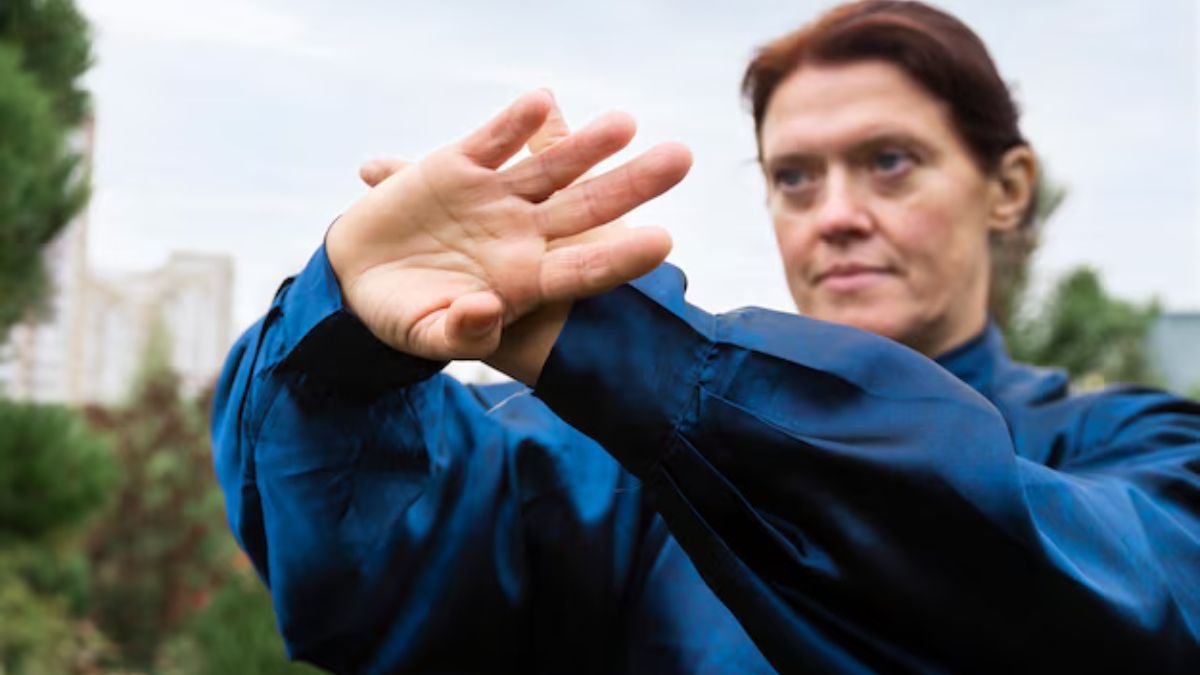
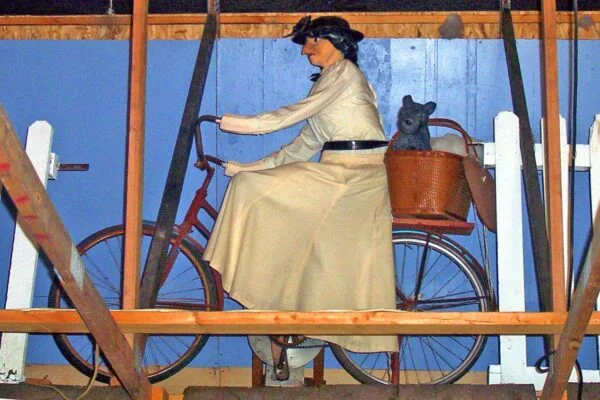
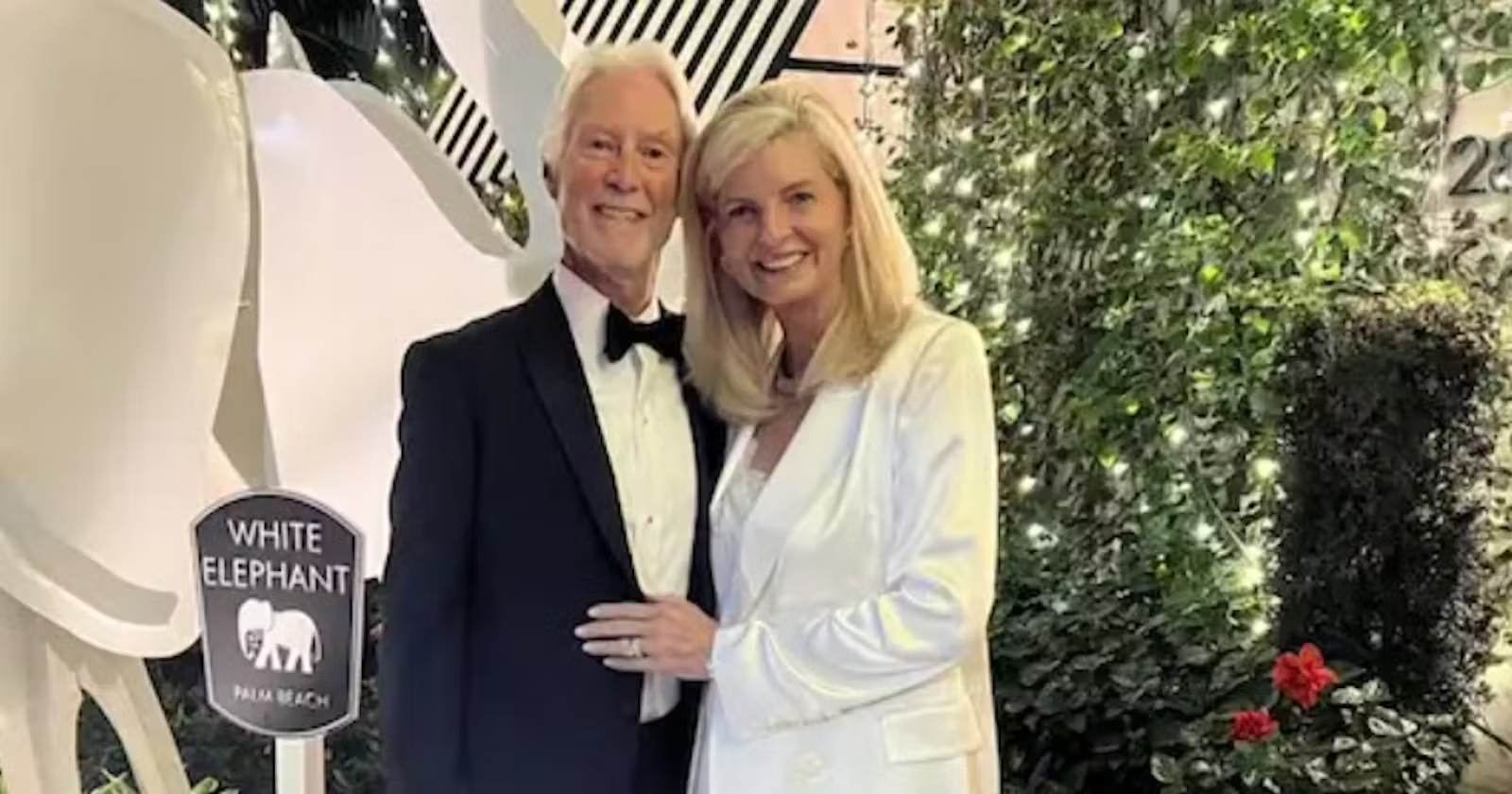




Leave a Reply